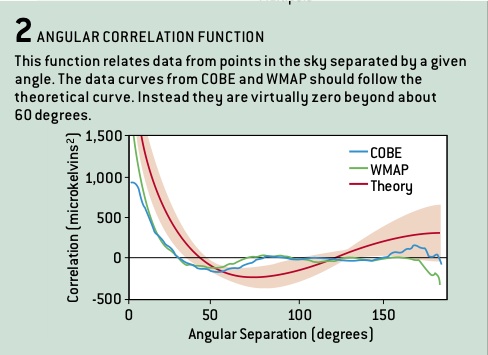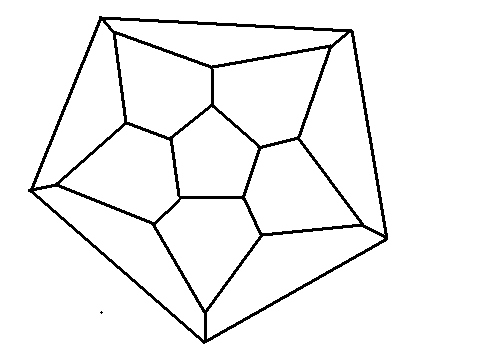During the past 24 hours, I heard, I swear!, 6 commentators blame biofuels for one of the world’s pains or another. What bothers me about this is that the complaints are, by and large, misguided in one way or another. So I’m starting a blog on the subject, “Ethanol Fuel”, or “Moses Lake”. It’s gotten to the point where the people in the industry joke with each other by pointing out yet another news article blaming biofuels for one thing or another.
So I’m starting another blog. I’m going to provide informed commentary on the energy situation, the food supply, land use, regulation, the economics of biofuels and fuels in general, the engineering, the politics of the subject, etc. And perhaps posting will leave me feeling that I’ve made a little effort towards stopping our country from being led by ignorance into policies that will take years to retract. I don’t think these belong on Mass which is devoted more to physics.
Producing fuel and electricity are engineering problems, the best decisions will be made by engineers who specialize in those areas, not by the general public. Nevertheless, the general public has the ultimate political power and their decisions, rational or otherwise, could effect the future of this country and this planet. And so I will write on the issues with the objective of education.
And it’s not like the US (or any other country) is immune to engineering decisions made on the basis of emotion. As a youth, I saw the nuclear power industry in the US destroyed by ignorance and fear masquerading as wisdom. Now, with the benefit of 30 years of hindsight, and another wave of ignorance and fear (this time related to global warming rather than radiation) support for nuclear power is increasing.






